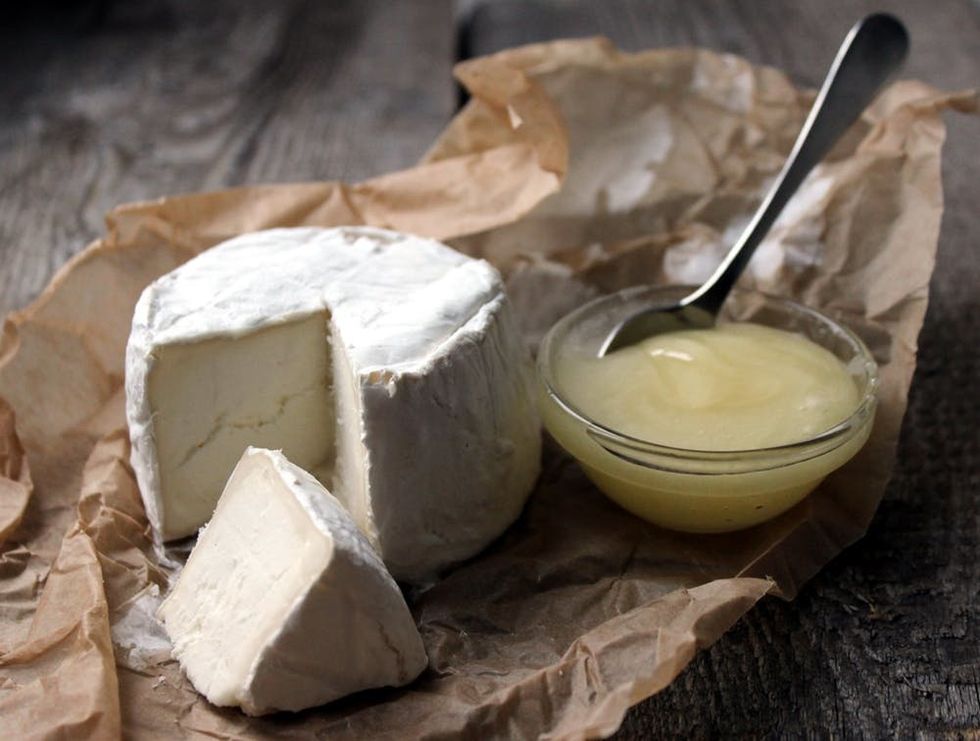The solid science behind why not all cheeses melt well.
Why Some Cheeses Melt and Others Don’t Will Blow Your Mind

You don’t have to tell a cheese lover that some varieties are better melted, while others are better at room temperature. As it turns out, there’s *solid* science (see what we did there?) behind how meltable cheese can be. So the next time you make grilled cheese recipes or mac and cheese recipes, take note! Not all are created equal in this area. Check out what we learned about the science of melted cheese from the folks at Extra Crispy.

The Composition of Cheese
Cheese is primarily made of protein (specifically casein), fat, and water. When cheese is heated, the protein strands that keep everything pulled tightly together start to break down, which allows the water and fat to be released.
The pH factor also plays a key role. Cheeses with high levels of acidity melt much better than low-pH cheeses, which have very tight protein strands that aren’t able to lengthen.
Stretch vs. Melt
You know how some cheeses make a really nice, long string when stretched apart? This is referred to as the cheese’s “stretch factor.” And a cheese needs to have long strands of protein, rather than short ones, in order to stretch well.

Age *is* More Than a number
The old adage that aged cheese is better than young cheese is really a matter of perspective. While older ones tend to have more complex flavors, they aren’t able to stretch. To make pizza, mac and cheese, a sandwich, or any other dish in which it’s imperative that the melted cheese become stretchy, you’re going to want to look for a young cheese.
Follow us on Pinterest for more recipe ideas and foodie hacks!

















